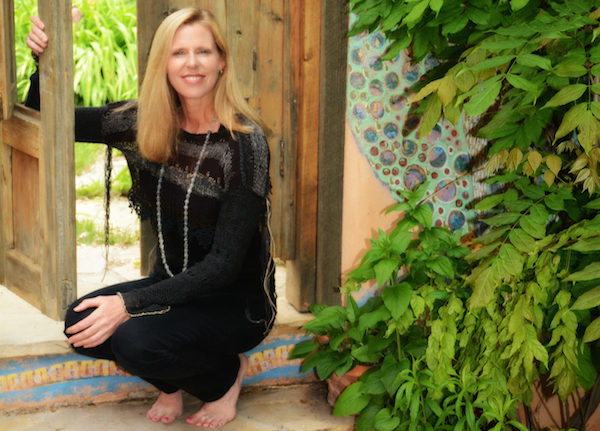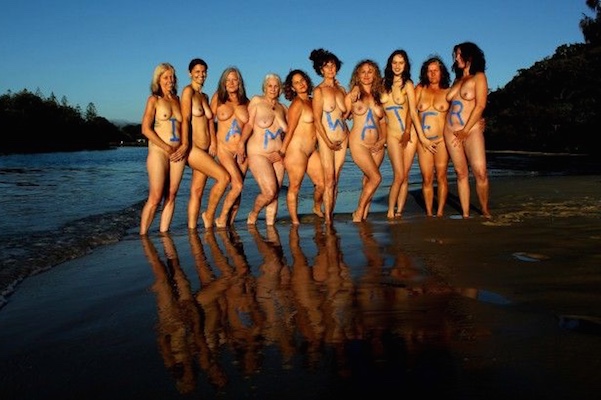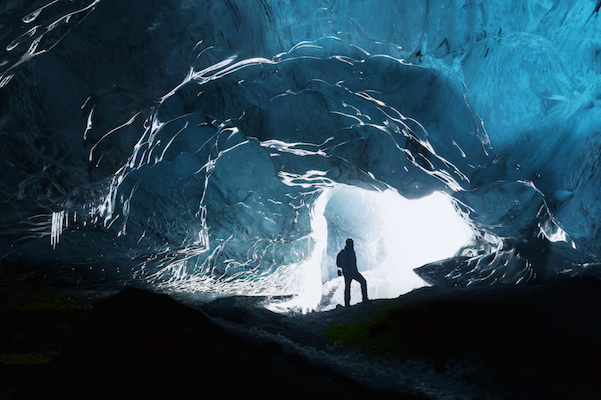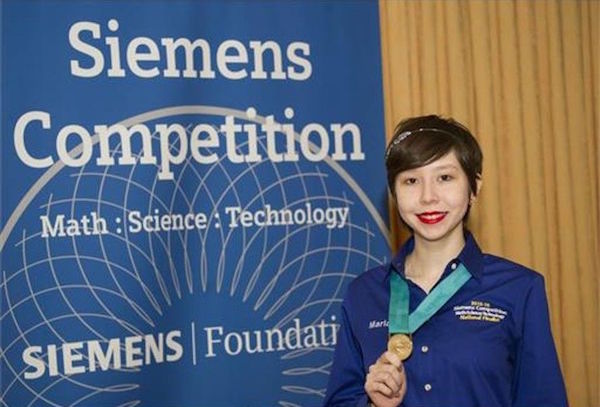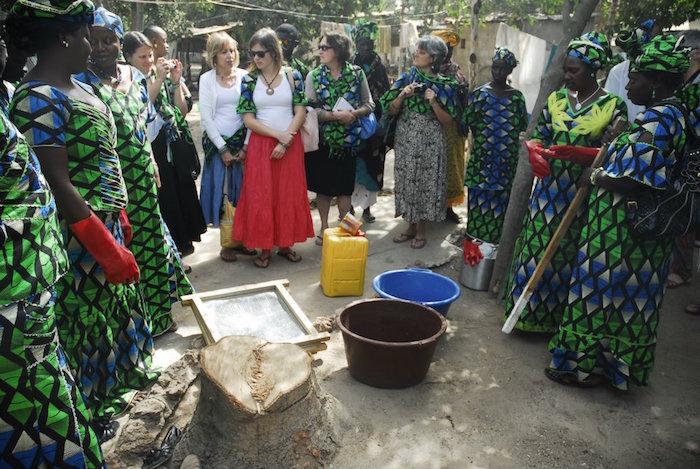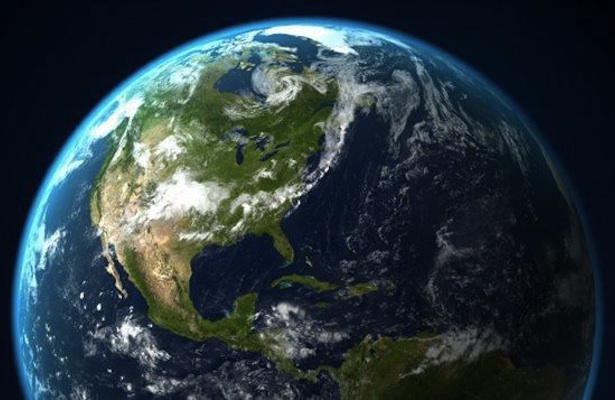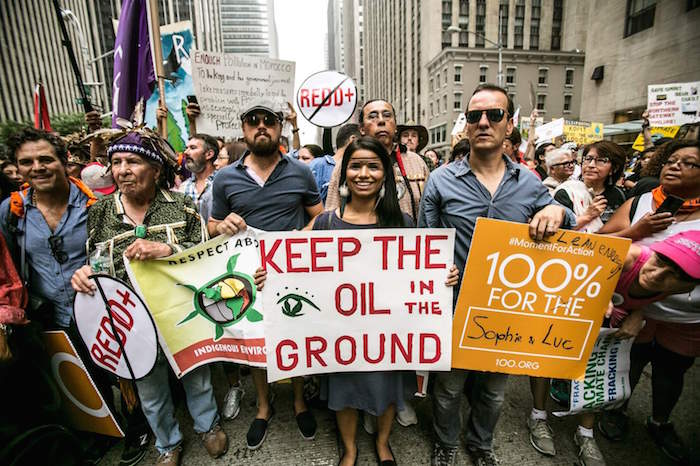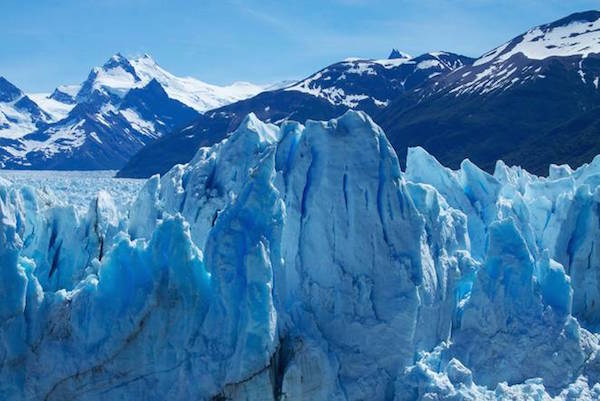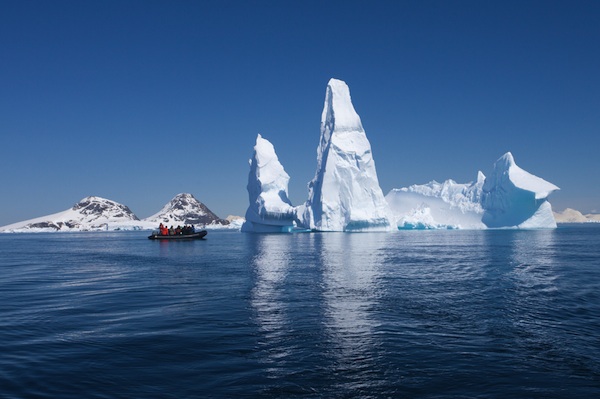We all have turning points in our lives. People we meet. Stories we hear. Experiences that mold our life purpose. I’d like to share one of mine with you. It’s about a young mother named Liberty. At the age of 24 she gave birth to her second child, a beautiful, nine-pound baby boy she named Indigo. When he was just three weeks old, significant green mucus started forming in Indigo’s mouth. Liberty took him to the doctor and thinking it was thrush, he prescribed antibiotics. One week. Two weeks. Three weeks. Nothing changed. After seeing more and more doctors who prescribed more and more antibiotics, still nothing changed. Liberty was lost. Five months later, Indigo developed a hole in his tongue “the size of a quarter,” says Liberty. “Red, open flesh that made it impossible for him to nurse or to eat in general. I had to force feed him with an eyedropper every hour and a half with the breast milk I was pumping every two hours.” Can you imagine? While in and out of emergency rooms for months on end, Indigo’s condition worsened. Eventually, Liberty found a medical specialist that treated environmental conditions. After extensive testing, Indigo was […]
Continue reading... →A group of north coast women have put their bodies on the line, literally, in an effort to stop councils and government authorities spraying glyphosate in their weed reduction activities. Glyphosate, which was invented and is widely marketed by multinational chemical company Monsanto under the name Roundup, was named a ‘probable carcinogen’ by the World Health Organisation in March this year. This action, together with the forthcoming trial of Monsanto at the International Court of Justice next year has prompted the women to take a stand. With ‘I am water’ written on their bodies, the women are bringing attention to the protection of the essential resource from ongoing pollution with herbicides in the region. ‘Our bodies are made of water and we are one and the same as the environment. If we pollute the water with pesticides, we pollute ourselves,’ said Nadia de Sousa Pietramale, local bush regenerator and coordinator of Byron Shire Chemical Free Landcare. ‘While Monsanto will go on trial for crimes against humanity and nature, in Byron shire, glyphosate, a product developed by the company and an active ingredient of many herbicides, is still being poured into the environment where it ends up in our local rivers […]
Continue reading... →Lots of us have had a moment—a revelation, observation, or interaction—when climate change became more than a concept. What’s yours? By Liz Pleasant The other night, I was sitting in bed scrolling through Twitter when I saw the headline: “Report: Global temperature hike already halfway to ‘two degree warming’ limit.” I clicked it. The writer of the article, Brandon Miller, explained why many scientists agree that two degrees of warming is the cutoff point for “controllable” climate change, and how new reports show we’re already halfway there. On top of that, we just experienced the warmest October since observations began in 1879, and October was the sixth consecutive month to break a global temperature record. Seven of the 10 warmest months ever recorded happened in 2015. Talking about climate change isn’t new for me. I work at YES! Magazine, where we cover climate issues all the time. I read pitches on sea-level rise and sort through headlines on droughts, storms, and a fragile food system pretty much every day. But for some reason, this report really stuck with me. It scared me. I was still thinking about it the next morning while discussing coverage of the Paris climate talks with other […]
Continue reading... →17-year old Maria Elena Grimmett won the prestigious Siemens Competition in Math and Science for developing a new water purification method that can remove pharmaceutical pollutants from water. Maria Elena Grimmett was 11 when she noticed that her family’s well water was tinged brown, and she wondered why. Her curiosity sparked a six-year investigation into a new way to solve a common water pollution problem, and on Tuesday, that inquiry — conducted largely at Grimmett’s dining room table — won her a prestigious prize for young researchers and a $100,000 college scholarship. “Oh my goodness. I can’t tell you how shocked I was,” Grimmett, now 17, said outside an auditorium at George Washington University, which hosted the final round of the 2015 Siemens Competition in Math, Science and Technology. Grimmett’s initial questions about the color of her family’s water led her to learn about pharmaceutical pollution in the Florida Everglades. She was disgusted, and she wanted to help solve the problem. “I couldn’t imagine how people were letting this happen,” she said. So she settled on figuring out a new way to remove sulfamethazine, a common veterinary antibiotic used in pigs and cows, from water. Sulfamethazine contamination is common in rural areas, she said, and is helping to create antibiotic-resistant bacteria […]
Continue reading... →An initiative in Gambia is empowering women and reducing hazardous waste at the same time. The Waste Innovation Center, launched in August and initially funded by the European Union’s Global Climate Change Alliance, shows women in the Brikama area how to recycle waste into useful materials and products, which they can then sell in local markets, news site AllAfrica.com reported. Wood-like waste is recycled into charcoal, for example, which can be used as an alternative to firewood and decrease deforestation. Food waste is recycled into compost to function as environmentally friendly fertilizers and plastic is turned into everything from paving slabs and gutters to local sanitary toilet holes. Supported by Waste Aid UK and the Gambia Women’s Initiative, among others, the project provides women with skills they can use to become self-sufficient entrepreneurs. Women learning at the center come from five communities, and some of them travel as far as 12 miles to learn these skills that will provide them with an income, according to the Guardian. Isatou Ceesay, who now leads GWI, highlighted the need to focus on economic equality in her country, telling the Guardian, “In terms of education, [women] are the ones who are always behind. Boys are chosen to go […]
Continue reading... →Climate change action can feel so overwhelming, especially when we hear news of natural disasters, politicians who don’t believe in global warming, and companies who keep putting their money into dirty energy. So you might conclude that your voice doesn’t really matter at all in the grand scheme of global climate action. Let me convince you otherwise. I recently met with legendary feminist Eva Cox and discussed why the global environmental movement is facing so many challenges. For her, the key issues were these: We’re too negative. Many environmental activists and organizations focus too strongly on the threats and issues associated with climate change, such as natural disasters and spiraling pollution. This negative information has the effect of scaring people off: they’d rather ignore the issue than address it because it just seems all too hard. Instead, activists need to show the community that climate action has positive effects that help everyone. This uplifting message is much more likely to make people want to do something, rather than just stick their head in the sand. We’re not connecting the dots. It’s easy to pretend that climate change exists in isolation, but in reality it is connected to politics, society, employment, […]
Continue reading... →Nina Gualinga is a force to be reckoned with. From the impending devastation of climate change, several activists have emerged who refuse to settle for the status quo. At only 22 years old, Nina Gualinga is one such activist. Born and raised in Sarayaku – an indigenous community of the Kichwa tribe nestled deep within the Ecuadorian Amazon – Nina’s powerful voice is backed by a chorus of indigenous resistance to protect the Amazon, the way of life in Sarayaku, and to keep the world hopeful. Oil extraction from reserves beneath the Amazon is a constant threat that forces the Kichwa tribe to always be on guard. These oil companies insist that drilling for oil will relieve Sarayaku from poverty. Nina explains that exploiting the land will, instead, threaten their way of life and impoverish them further. Nina is the fierce fresh face of eco-feminism – a movement defined by the connection between the domination of the environment and the exploitation of women, particularly in third world communities. And partnered with Amazon Watch, her strong campaign against the oil frontier expanding in the Amazon has attracted global attention. In 2012, the Sarayaku community won their fight for environmental and tribal […]
Continue reading... →In an awesome display of women power, 78 female scientists are heading off on a 20-day voyage to Antarctica in order to observe and discuss the impacts of a warming world. The voyage is part of the Homeward Bound outreach initiative, which will take place over 10 years in order to build a team of 1000 women in science. Their collaboration will enable for increased leadership, strategizing and group action when it comes creating a better future for the planet. The voyage, setting off in December 2016, will have a crew that will include globally recognised women of influence including Dr Jane Goodall, renowned primatologist and environmental activist. The project is the brainchild of Australian leadership expert Fabian Dattner and marine ecologist of the Australian Antarctic Division Dr. Jess Melbourne-Thomas. Their dream of uniting powerful women in science and engineering was inspired by the ability of women to have huge influence within their communities. A key focus will be the absence of women’s voices in science and government, especially when it comes to climate change. There is also a visible absence of women in key decision-making roles around the world, which is posing a challenge to gender equality and collaborative […]
Continue reading... →